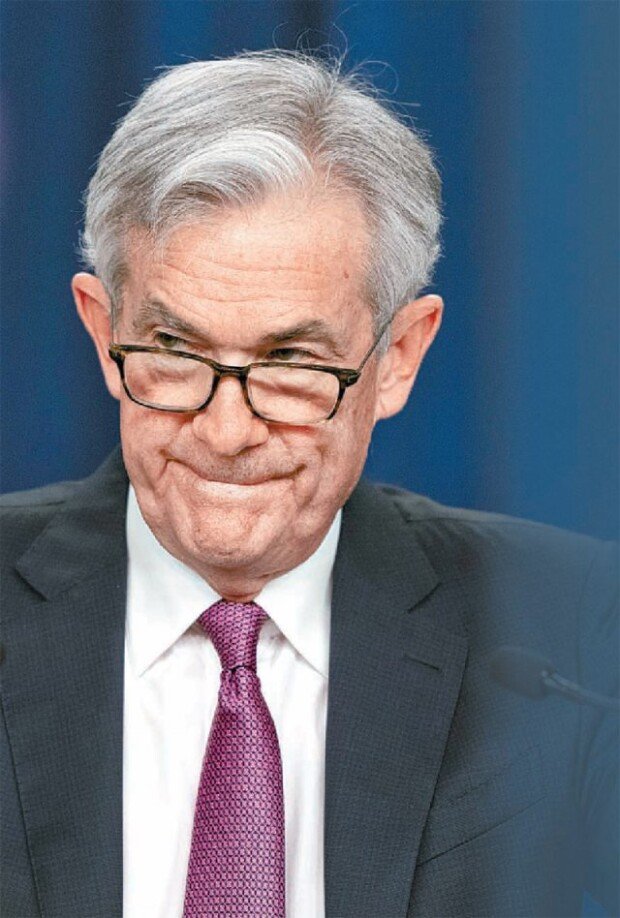Fed’s rate hike sends shockwaves across global economy
Fed’s rate hike sends shockwaves across global economy
Posted September. 22, 2022 08:06,
Updated September. 22, 2022 08:06


The Fed’s speedy interest rate hike and strict fiscal austerity measures have heightened the fear of global recession.
On Tuesday, the first day of the Federal Open Market Committee (FOMC) meeting, the major stock indices in the New York Stock Exchange were down by 1 percent, with the dollar index and the U.S. government bond yields jumping to levels unseen in the past decades, indicating the market’s fear. The interest rate hike on Wednesday brought the base interest rate up to more than 2.5 percent, the so-called neutral rate. Before the rate hike, the key interest rate hovered between 2.25 to 2.5 percent. The neutral rate of interest refers to the level of the rate at which the economy can recover its potential growth rate without inflation or deflation.
Despite the Fed’s tightening of monetary policy, high inflation is continuing owing to supply chain disruptions, and many are warning of the danger of a hard landing in the U.S. economy and global recession risks. Goldman Sachs sliced the U.S. GDP growth forecast for 2023 by 0.4 percentage points to 1.1 percent, viewing that the Fed’s rate hike would continue well into the following year.
The U.S. 2-year treasury rate, which reflects the Fed’s rate hike, surged as high as 3.99 percent, knocking on the door of 4 percent, its highest level since 2007, right before the 2008 Financial Crisis. The nearing of the 2-year treasury yield to 4 percent indicates that the market expects the base interest rate to rise to as high as 4 percent by the end of this year. Bloomberg also reported that the market is almost sure that the Fed will lift its benchmark to a peak of around 4.5 percent by the first half of next year.
The Fed’s rate hike also impacts the U.S. 10-year treasury rate, reflecting long-term market expectations of interest rates. The 10-year U.S. treasury yield, which broke above a psychological level of 3.5 percent, reached as high as 3.6 percent, its highest level since 2011.
As money in the market is looking for safe assets such as dollars and U.S. government bonds, the NASDAQ, a tech-heavy stock index, has dropped by more than 27 percent this year. In particular, emerging markets and developing countries are incurring dollar-denominated debts, warning of a financial crisis.
Hyoun-Soo Kim kimhs@donga.com







